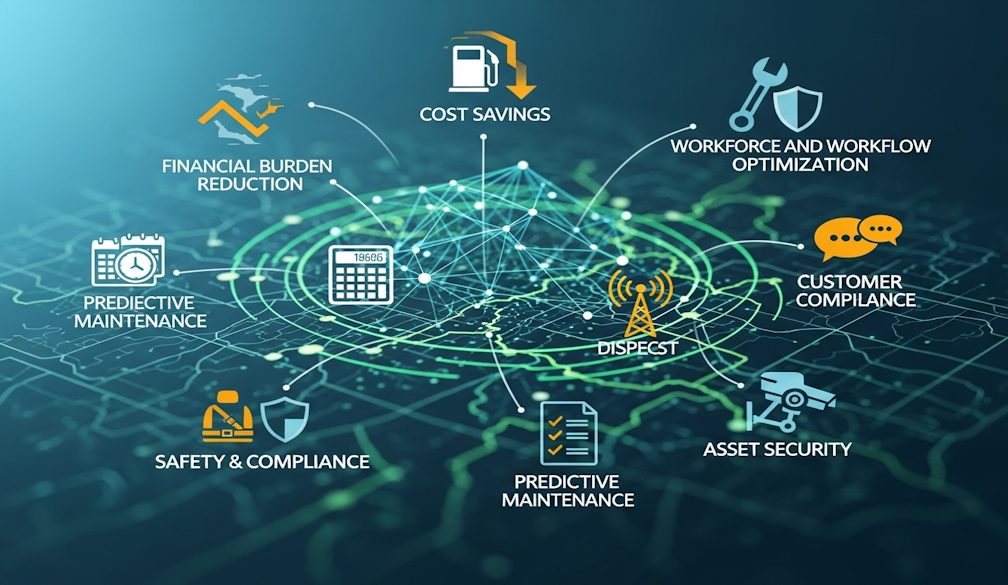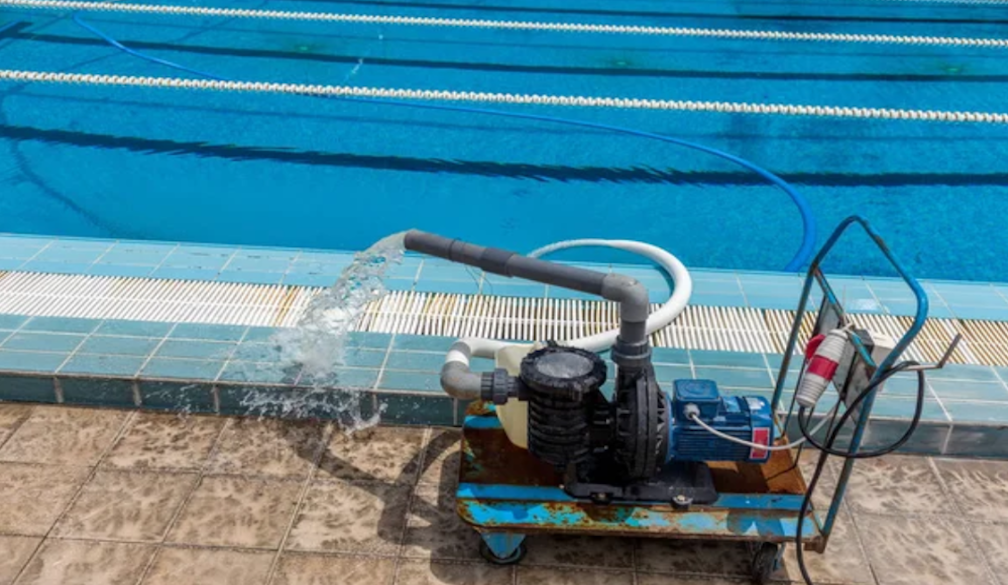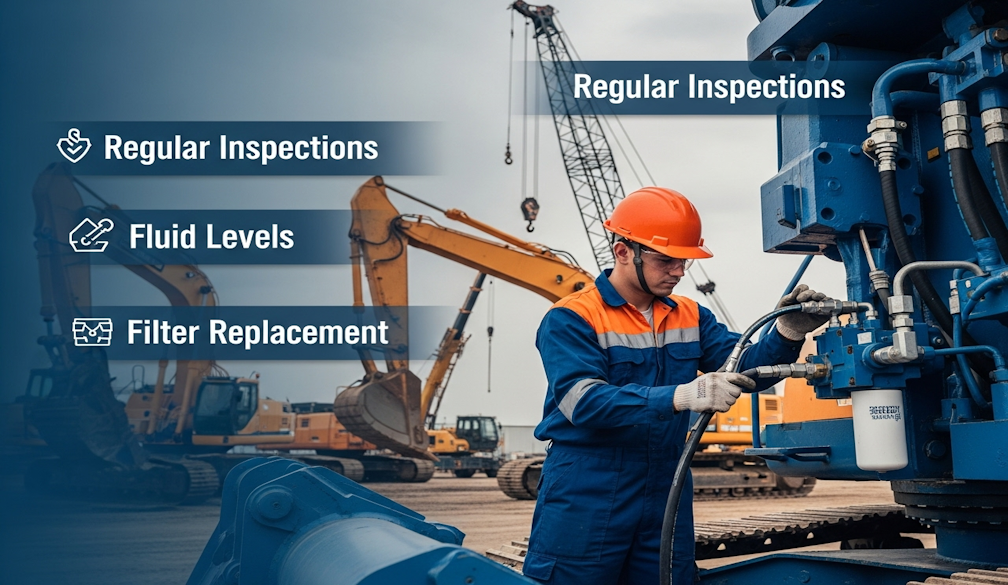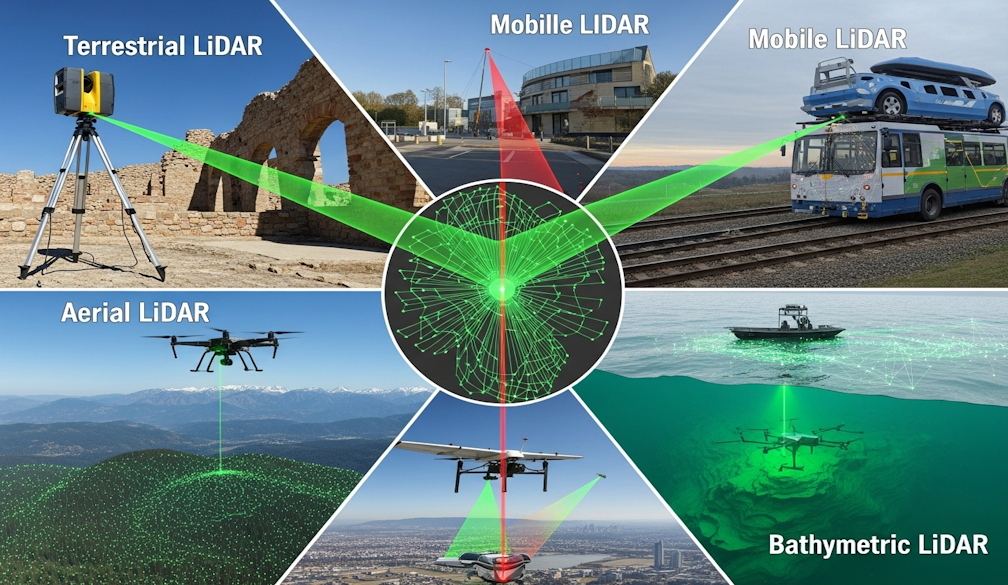An overdose of orange cones? What the review of NZ’s workplace safety rules must get right
- Written by Joanne Crawford, Worksafe New Zealand Chair in Health and Safety, Te Herenga Waka — Victoria University of Wellington
The government’s recently announced review of New Zealand’s health and safety system puts the spotlight back on the 2015 Health and Safety at Work Act – and why it has failed to keep New Zealanders safe on the job.
According to Workplace Relations and Safety Minister Brooke van Velden, the current rules are not fit for purpose. She has argued legal requirements that make sense in some areas don’t always make sense in others.
But the fact remains, work-related deaths and injuries have not reduced significantly in the past five years, despite the 2015 rule changes. Approximately 70 people die from work-related accidents each year – higher per capita than in Australia and the United Kingdom.
The review will look at whether current health and safety requirements are too strict or ambiguous to comply with, the overlap of workplace safety legislation with other regulations, and workplace risk management.
Nearly ten years after the law came into force, then, it’s a good time to examine which parts of current heath and safety legislation work – and what doesn’t. This may mean a revision of all, or parts, of the existing law.
But it’s essential any review does not simply seek to justify the weakening of rules in a sector where deregulation often worsens outcomes.
Worse than the UK and Australia
Despite an established safety framework in New Zealand, work can still be dangerous.
As well as the 70 people who die at work each year, an estimated 750 to 900 die from work-related diseases such as cancer and chronic obstructive pulmonary disease. According to a recent report from WorkSafe New Zealand, 20 people died from work-related suicides in 2020.
There are also approximately 5,000 to 6,000 hospitalisations each year from work-related health events. And between 2022 and 2023, 35,805 injuries resulted in a week or more away from work.
Data from earlier this year show an average of 2.3 deaths per 100,000 working people in New Zealand a year. Australia had 1.6 deaths per 100,000 people and the United Kingdom had 0.8. over the same period.
Too much guess work
Where other developed countries differ from New Zealand lies in their strong enforcement backed up by well-written guidance, access to professional advice and applied research.
New Zealand’s legislation outlines what is required of businesses to identify hazards and manage the risks. But the ten-year health and safety strategy released in 2018 by the Ministry of Business, Innovation and Employment contains no quantifiable outcomes or milestones regulators and industries can use to measure improvement.
Regulators and businesses are simply left to guess whether the health and safety changes have been successful or not. This makes it difficult to anticipate or mitigate problems.
Indeed, a 2022 independent review of workplace regulator WorkSafe found the organisation was unclear about its role. According to the review, WorkSafe could not say if its activities were cost-effective or reducing workplace harm.
A new strategy
This year, WorkSafe announced a new strategy focusing on acute, chronic and catastrophic harm. In particular, the regulator will be monitoring and intervening in high-risk sectors such as forestry, transport, manufacturing and construction.
But this prioritisation of hazardous industries does not mean health and safety can stop in other areas. It is still required by the Health and Safety at Work Act.
To be effective, any new strategy needs to clearly set the standard and expectations for different industries – not just high-risk ones. This is particularly the case for small businesses, which need different support and access to training and advice.
The country also needs to develop a complete set of regulations and approved codes of practice with industry that guide employers about the health and safety of their workers and customers.
Profit-driven businesses cannot be expected to invest in training for staff to ensure on-site health and safety unless required to by law.
Creating accountability
If the government wants to tangibly improve health and safety in the workplace, the ten-year health and safety strategy needs updating to explicitly guide everyone about how to make measurable improvements.
WorkSafe must also be empowered to hold directors and businesses accountable, and businesses must ensure they are getting competent advice and putting it into practice. Workers’ concerns need to be taken seriously and they must have the ability (and protection) to stop work that is dangerous.
The International Labour Organisation’s declaration on the fundamental principles and rights at work includes the statement that “health and safety at work is a human right”. New Zealand is a signatory to this.
Ensuring that right requires more than orange cones and red tape. Clear legal requirements and monitoring, as well as listening to workers, are what will make the real difference to the safety of all New Zealanders.
Authors: Joanne Crawford, Worksafe New Zealand Chair in Health and Safety, Te Herenga Waka — Victoria University of Wellington



















